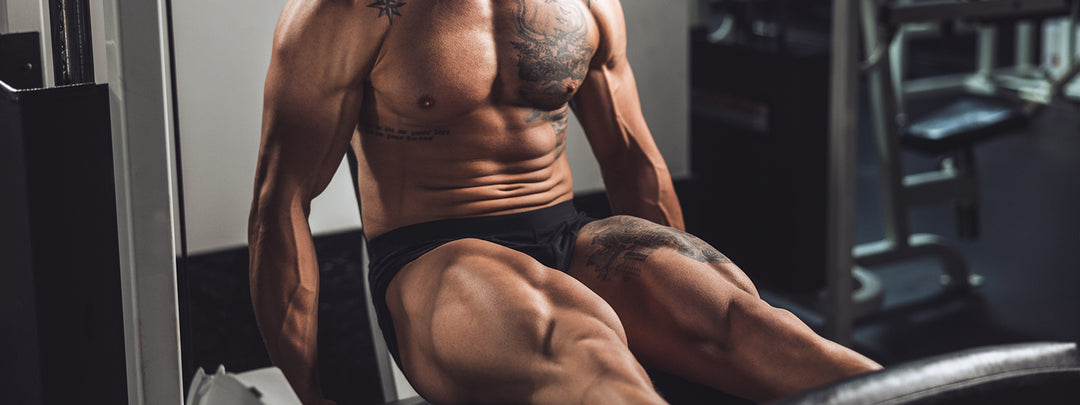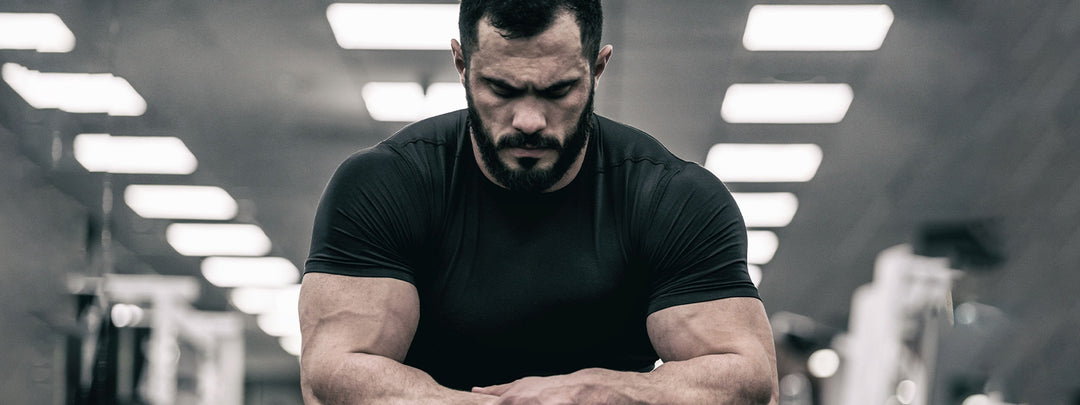How to Deadlift: The Quick & Easy Guide

Want to know how to increase deadlift weight with proper form? How about how to use deadlift straps? If so, MUTANT has you covered with this simple, straightforward overview of how to deadlift to experience all the back and leg gains it offers without injuries or imbalances.
Here, we’ll go over how to perform the deadlift, whether deadlift straps are worth using, and how to increase weight safely and consistently to the deadlift bar. We’ll also touch on all the deadlift variations and what muscles they target.
How to Do a Deadlift Rep
- Begin with your feet just beyond shoulder width, with your shins at the barbell. Grasp the barbell with your hands right outside your legs, with an overhand grip on the bar. Tilt at the hips – NOT the lower back – and bend your knees to reach the bar at the bottom.
- Start by driving your feet through the floor from this low position, straightening the knees out first. The bar should be lifted below your knees to the top of your shins.
- Extend your hips and lower back, lifting the bar and standing up fully. Continue beyond this straight-up position until the lower back has a slight backward bend. Squeeze your glutes at this top position, pinching for a full second. (Your arms are straight down this whole time; there shouldn’t be any arm assistance throughout the movement.)
- Reverse steps 2 and 3 by lowering the bar back to the ground, first by tilting at the hips and then bending the knees, as if sitting in a chair behind you. Bring the bar to rest on the floor, then repeat the motion for the desired reps.
Deadlift Straps
Lifting straps are great for exercises that risk a loss of grip. Deadlifts can become quite heavy, and the tensile strength in your fingers and hands is the first thing to go. You’ll want to drop the bar because of a body part that isn’t even getting worked.
Straps are great for support and stabilization as you connect them to your hands and wrap the additional strap around the bar. Lifting straps thicken the bar slightly, ease how much the bar digs into your grip, and disperse the pressure in your fingers as you rep out heavy deadlifts.

Increasing Deadlift Strength
Progressive overload — increasing the weight, reps, or volume — is the ideal method to improve strength gains for any exercise. Choose a rep range (8-12 reps, for example), pick a weight roughly 80 percent of your one-rep max, and track your progress.
You should either increase the reps or the weight with every workout. When you hit the top of the rep range (all sets, you hit 12 reps), go up in weight by 5-10 pounds and back down to the bottom of the rep range (sets of 8 reps). This is the progressive overload in practice.
Deadlift Variations
Traditional deadlifts work your glutes, lower back, core, quads, and hamstrings. However, sometimes the narrow stance makes it a hard movement to master and puts additional strain on the lower back and knees.
Sumo deadlifts hit your quads, glutes, inner thighs, hamstrings, and core. It also improves hip mobility and flexibility, which is great if you sit in a chair more often than not. Plus, sumos take the tension off the knees and lower back, so anyone with nagging irritation should consider sumo deadlifts. (It can be tougher on your groin and hips, so if those are compromised, opt for traditional deadlifts.)
Equipped with this knowledge, you’re ready to master the deadlift and start seeing massive improvements in lower body strength from this compound exercise.


